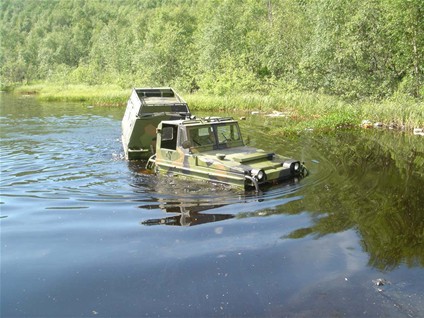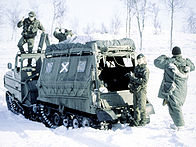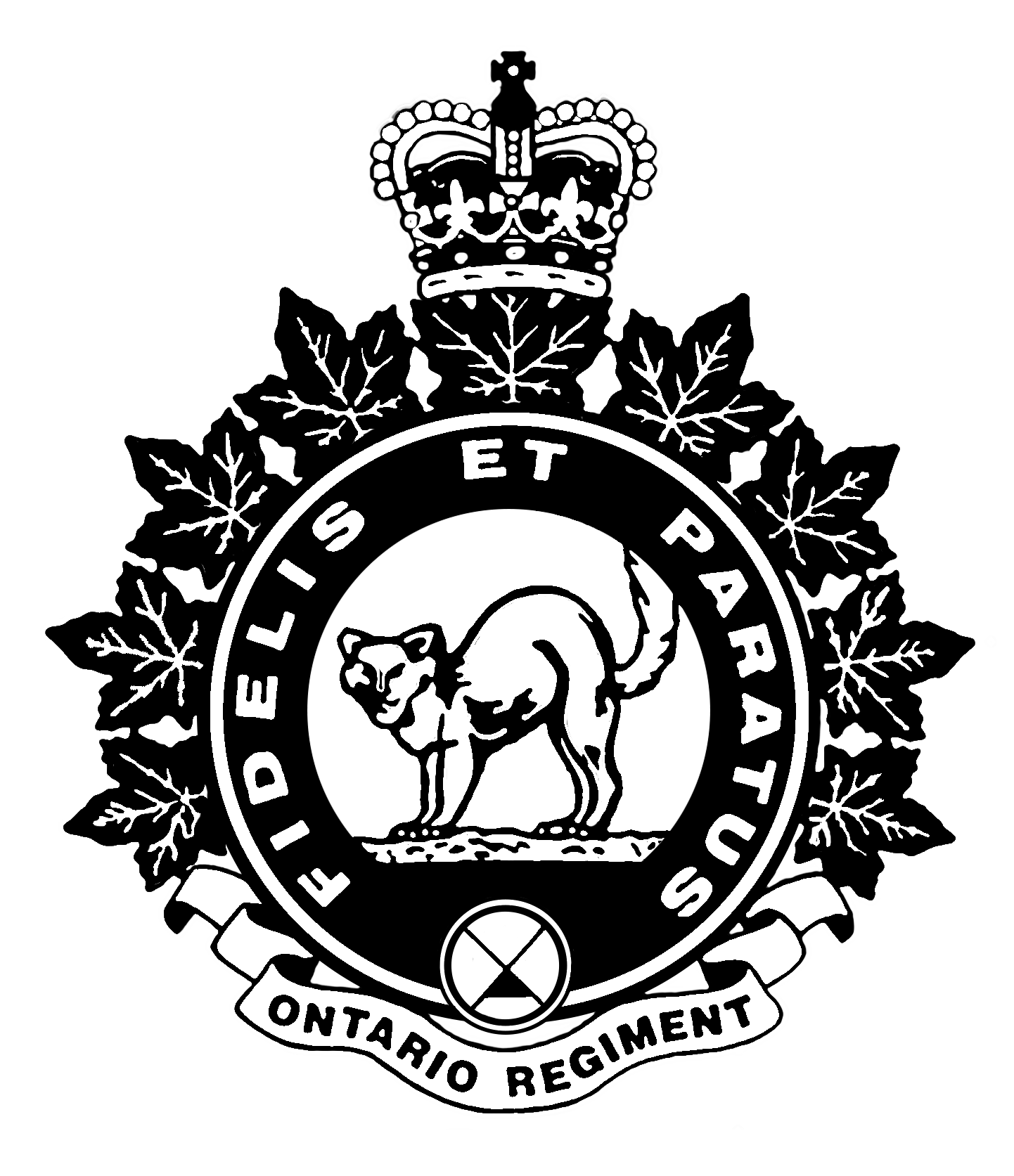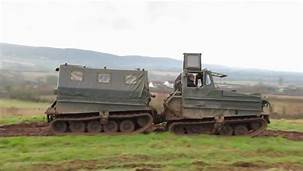Quick Facts:
Dimensions (L-W-H): 6.3m X 2.8m X 2.2m
Total weight (Battle) : 3,200 kg
Crew: 2+ 8 or 1,000 kg cargo
Propulsion: 4 Cyl Gas, 82 hp
Speed: 39 km/h
Suspension: Torsion Bar
Range: 200 km
Armament: Optional 7.62mm MG
Armor: None
The Bandvagn 202 (Bv 202) was developed for the Swedish Army by a subsidiary of Volvo. The vehicle is composed of a front section for the crew, engine, and transmission plus a rear section for passengers or cargo. Both sections are tracked with power from the engine in the first section being transferred to the rear section through a drive shaft mounted in a pivot mechanism that joins both sections. The pivot mechanism is also used to turn the vehicles by using hydraulic rams to bend the vehicle into the turn.
The front section is enclosed but the rear section has a canvas cover that can be removed.
As well as being an excellent snow vehicle, it also excels in swamp or bogland. Its ground pressure is less than a cross country skier. It is also amphibious being driven by its tracks.

The British forces in the Falklands campaign made use of a reported 76 Bv 202s. They were used for cargo transport and for Royal Marines. The RM used them as command-and-control vehicles during the march across East Falkland Island from the landing zone at San Carlos to the capture of Port Stanley. The number is unclear as some were lost on the Atlantic Conveyor when it was sunk. The Museum’s Bv 202 is a veteran of that march as a command post vehicle.
The Bv 202 began being replaced by the larger Hagglunds (now BAE) Bv 206 from 1980 onwards.

The Museum has one operational Bv 202.


